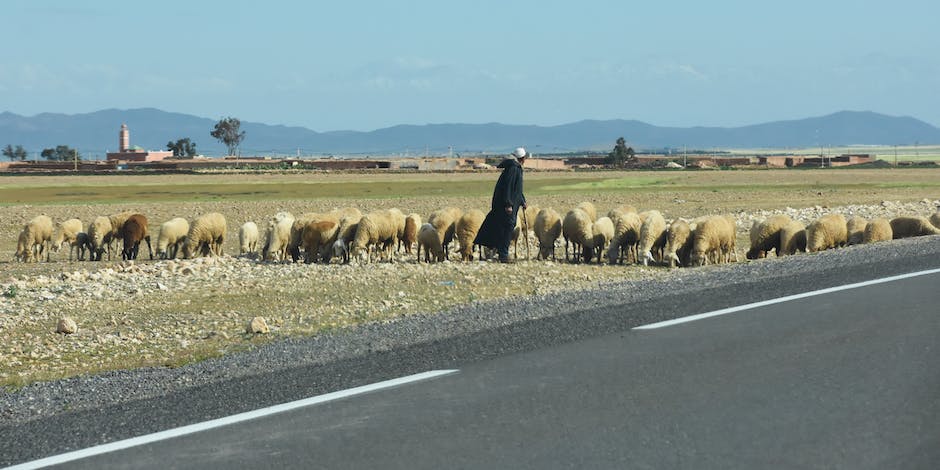Introduction: herding sheep is a challenging but rewarding task. It’s not for the faint of heart, but if you take the time to learn how to do it right, your flock will thrive and grow. Here are five essential tips for becoming a successful herder:
What is Herding.
Herding sheep is used to keep sheep in a specific area and to produce wool.
Herding sheep can be done on a small or large scale, with open-air, closed-air, or mixed-stock herding. Open-air herding means that the sheep are free to roam around and play. Closed-air herding means that the animals are kept in an enclosed space, typically a barn or shed. Mixed-stock herading means that some sheep are kept together with other animals, while others are kept apart from other animals.
How to Herd Sheep.
When you’re selecting sheep for your herd, it’s important to consider their size and production needs. You should also select the right type of sheep for your location and climate. For example, if you live in a warm climate and want to use a lambing sheep, you’ll need a smaller animal. On the other hand, if you live in cold climates and don’t need as much milk output, you may want to switch to a bigger animal.
Order your sheep according to their size and production needs.
Ordering your flock according to their size is an important part of herding them. You must order enough animals so that each one will have an equal chance at reproducing. However, don’t forget that every animal has different production needs – too many or too few lambs can lead to problems down the road.
Condition your sheep so they will produce the desired results.
Conditioning your flock is key for ensuring they will produce the desired amount of milk each year and wool each day. Manypherds recommends adding feed (a balanced mix of hay, barley, corn, etc.) at least once per day during early lambing stages in order to increase wool production and reduce lambs mortality rates. Additionally, manypherds recommends keeping sheep cool during summer months by adding ice packs or misting them with water several times per week throughout the season.
Tips for Herding Sheep.
If you’re looking to keep your sheep on a budget, the first thing you need to do is learn how to herd them. Shepherding sheep can be a profitable business if done correctly, but there are a few key things you need to keep in mind in order to make this process as easy and affordable as possible.
First, it’s important to choose the right sheep for your production needs. Different types of sheep produce different amounts of wool, hay, and other materials. Herders must decide which type of sheep will provide the most value for their money – heifers that produce high levels of wool or lambs that produce a lot of hay – in order to meet their financial goals.
Second, order your flock according to their production needs. If you want more wool or less hay, order fewer lambs or heifers than you need in order to maintain production at a desired level. This way, you won’t overproduce and end up with too much extra cash on hand when your flock matures – something that could really hurt your wallet down the line!
Finally, condition your Sheep so they will produce the desired results. This means getting them vaccinated against diseases and providing them with good living conditions (like adequate food and water). By doing these things, you’ll ensure that your sheep will be healthy and productive when they finally reach marketable weights.
Herding sheep can be a great way to produce high-quality sheep, but it’s important to take some time to learn the process and customize it for your herd. By ordering your sheep based on their production needs, conditioning them so they will produce desired results, and learning how to herd them, you’ll be able to produce quality sheep in a short amount of time.
- Test Post 2022-12-09 - February 14, 2024
- How to Run in Pokemmo - February 13, 2024
- How Much is My Lol Account - February 13, 2024



